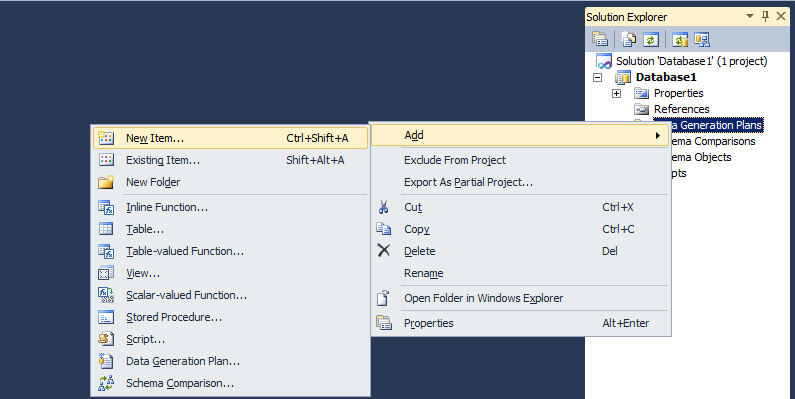

- REGEX FOR NUMBER FORMATING IN SQL HOW TO
- REGEX FOR NUMBER FORMATING IN SQL ISO
- REGEX FOR NUMBER FORMATING IN SQL PLUS
The original PRINTF() name is retained as an alias for backwards compatibility. Update: SQLite 3.38.0 (released ) renamed the PRINTF() function to FORMAT().
REGEX FOR NUMBER FORMATING IN SQL PLUS
For example, we can use this to format the number to a given number of decimal places, plus add a currency symbol. SQLite has a PRINTF() function that allows us to format a number based on a format string. See Format a Number as Currency in MariaDB for more information. In this case, we supplied the Euro symbol ( €) and formatted the number to use the numbering conventions used in Germany. Here’s an example that specifies a locale to use for the number formatting: SELECT CONCAT('€', FORMAT(8790.2398, 2, 'de_DE')) MariaDB is very much like MySQL, and we can use the same method that we used with MySQL.
REGEX FOR NUMBER FORMATING IN SQL HOW TO
See How to Format Numbers as Currency in MySQL for more information. This determines which characters are used for the group separator and decimal point. It’s possible to specify a locale for the numeric formatting. Here, we used the CONCAT() function to concatenate the currency symbol and the number, and we used the FORMAT() function to format the number into our desired format. MySQL doesn’t provide us with a format specifier for the currency symbol, so we need to provide our own: SELECT CONCAT('$', FORMAT(1234.5678, 2)) See How to Format Numbers as Currency in PostgreSQL for more.

Therefore, we can use it to format numbers as currency by passing the appropriate format string. PostgreSQL also has a TO_CHAR() function that converts the value to a string and formats it based on the format string we supply. PostgreSQL has a money data type that will typically be formatted in the locale currency when output: SELECT CAST(3145 as money) See How to Format Numbers as Currency in SQL Server (T-SQL) for more information and examples. Different locales use different conventions for their numbers and currency. The function also accepts an optional third argument, which can be used to specify the locale to use for the number and currency formatting. There are other things you can do with the format string, such as specify how many decimal places to return.

The C format specifier can be used to return a number as a currency: SELECT FORMAT(1234, 'C')

SQL Server provides the FORMAT() function, which enables us to format numbers and dates. See How to Format a Number as Currency in Oracle for more information and examples. Here’s an example of all three: ALTER SESSION SET NLS_TERRITORY = 'Denmark'
REGEX FOR NUMBER FORMATING IN SQL ISO
Oracle provides a few format elements for returning the currency symbol, depending on which currency symbol you require – the local currency symbol, the ISO currency symbol, or the dual currency symbol. We can use this function to return a number as currency. Oracle Database provides us with the TO_CHAR(number) function, which allows us to format numbers by passing a format model (or format string). Other DBMSs don’t make it that easy, and you need to do a bit of work first.īelow are examples of using SQL to format numbers as currency in some of the most popular DBMSs. This converts the number to a string with the applicable currency symbol, group separator, and decimal point (if relevant). Some DBMSs have functions that allow us to format numbers as currency just by passing the appropriate format string.


 0 kommentar(er)
0 kommentar(er)
